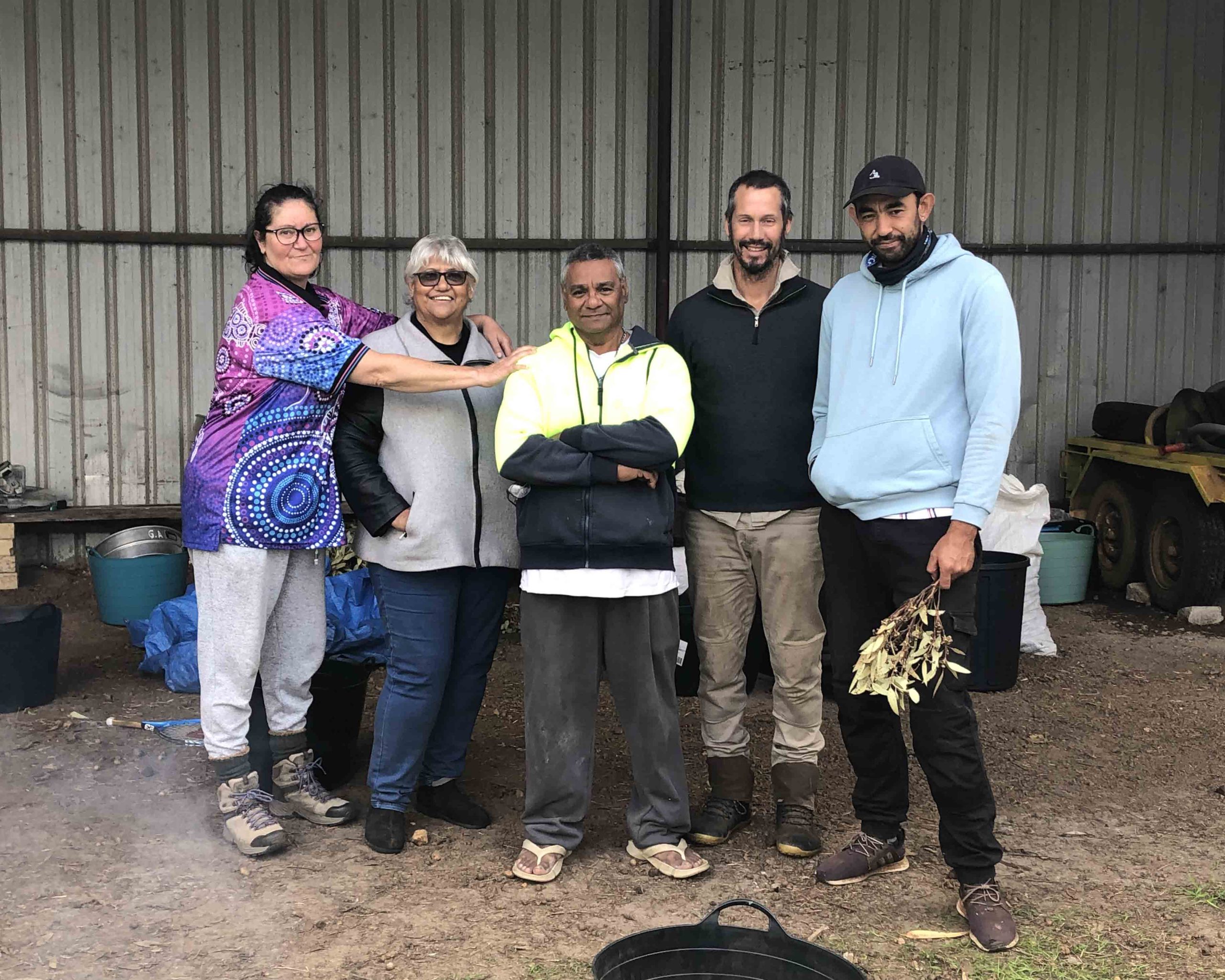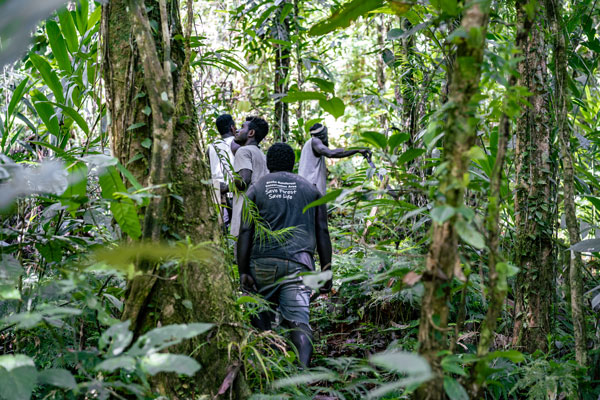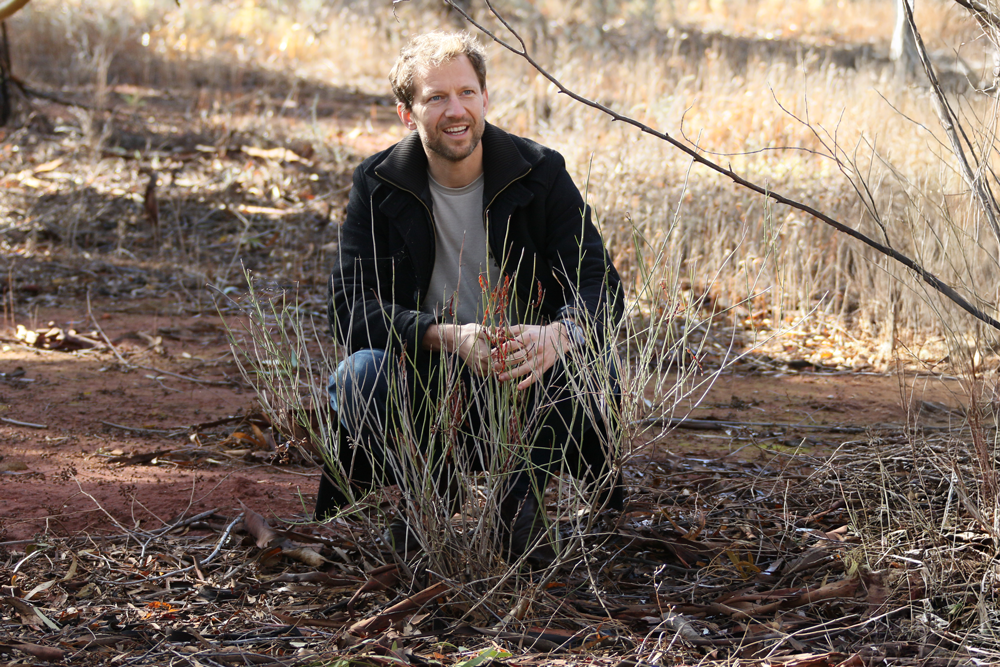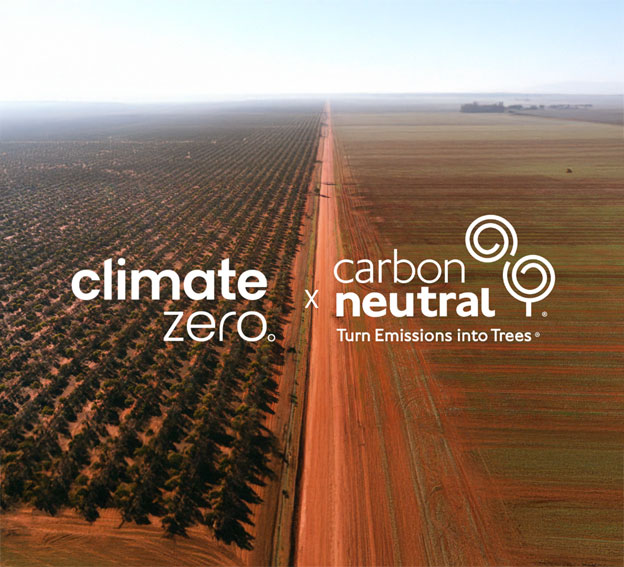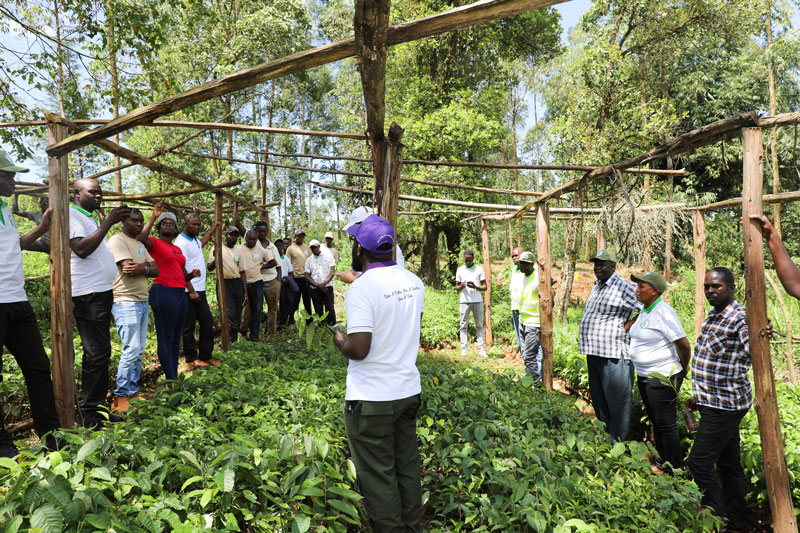Tracking your carbon footprint
Michael Cooper
DateFebruary 2023
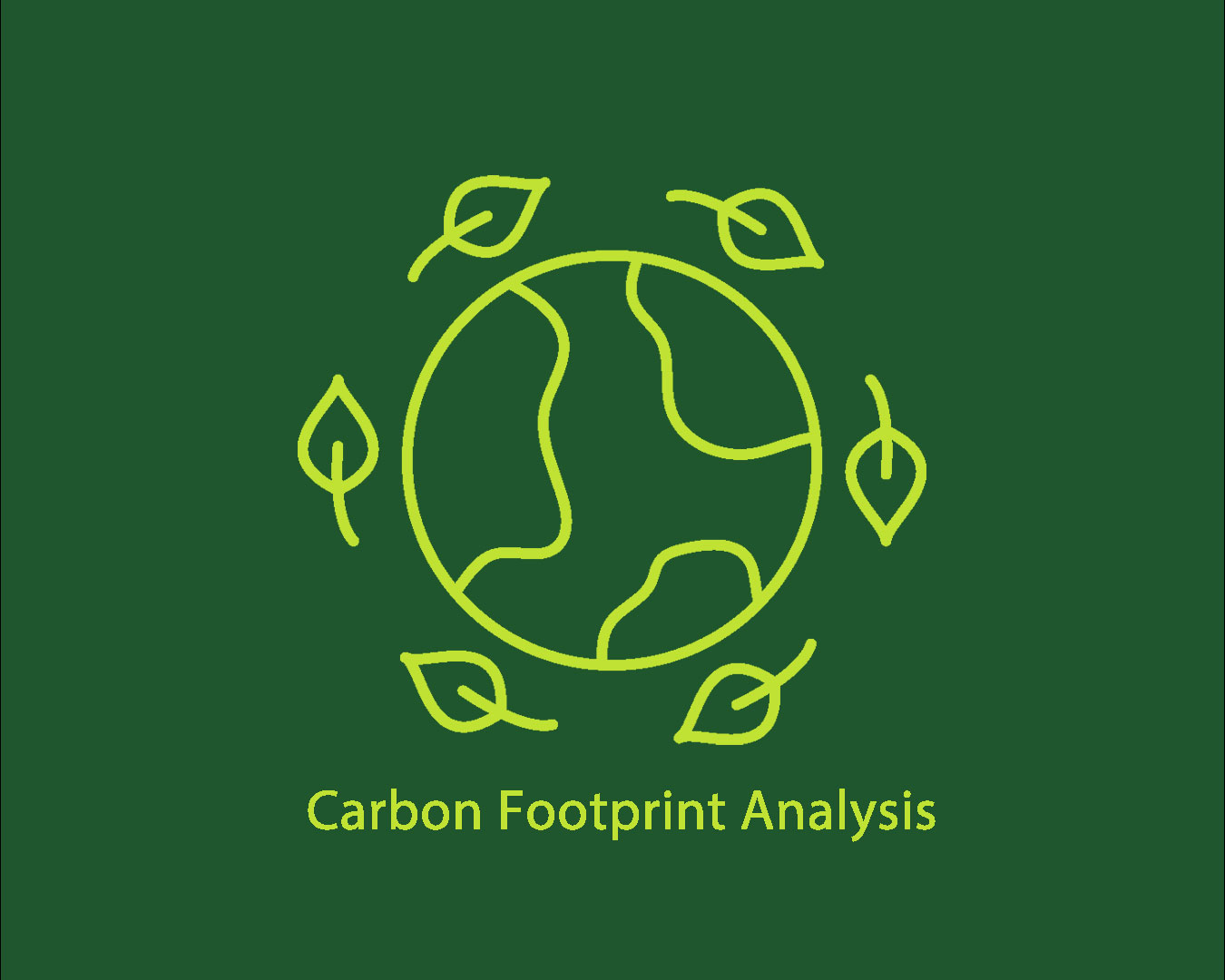
A beginners guide to a carbon footprint; what is it and who popularised the concept?
The term carbon footprint is now well understood throughout the world. If you are reading this, it’s likely that you’ve landed on Carbon Neutral’s website with at least a basic understanding of the term, and the knowledge that carbon footprint assessments are a positive step towards doing your part for the planet.
This article aims to explain the backstory of how the term ‘carbon footprint’ came into the common vernacular, as well as explain what it means and exactly what is measured in an assessment.
A carbon footprint specifies the amount of carbon dioxide emitted by an individual, business, or other entity, (from buildings to whole continents). The factors measured to establish a footprint are commonly direct emissions from fossil-fuel combustion in manufacturing, transportation and heating, and the emissions related to the power required in the creation of goods and the facilitation of services.
However, carbon isn’t the only greenhouse gas that has been proven to contribute to climate change. Other greenhouse gases such as methane, nitrous oxide, and chlorofluorocarbons are now commonly included in the measurement methodology of a carbon footprint assessment.

History
The concept of a carbon footprint evolved from the ecological footprint model, which was established by Canadian ecologist William Rees and Swiss-born regional planner Mathis Wackernagel at the University of British Columbia in the early 1990s. The term ecological footprint was coined to describe the total area of land necessary to sustain an activity or population. Initially, the factors used to measure an ecological footprint covered environmental influences such as water consumption and the amount of land used for food production.
Originally, Rees and Wackernagel described the concept as ‘appropriated carrying capacity’, but in an effort to popularise the idea, Rees then relabelled it as the catchier ‘ecological footprint’. Rees had been inspired by a computer technician who praised his PC’s “small footprint on the desk”. The term claimed greater global recognition in 1996, when Wackernagel and Rees published the book Our Ecological Footprint: Reducing Human Impact on the Earth.
The emphasis of an ecological footprint accounts for renewable resources. The quantity of resources which the planet produces is known as biocapacity. Like carbon footprint assessments, ecological footprints were calculated on a multitude of scales: for an activity, an individual, a city, a region, a country, or society as a whole. Founded in 2003, the Global Footprint Network determines the ecological footprint from United Nations data sources for the whole planet. Each year the calculations are updated with UN endorsed statistical data.
The modern Carbon Footprint Analysis
Today, several factors are used to determine an individual’s carbon footprint, in the most basic terms, these include:
- Household’s energy use and waste production.
This covers how much electricity, gas and fuel people use and where they originate from, as well as whether the individual recycles waste or not. - How individuals get from A to B
How often people use public transport, walk or cycle can be a major factor in reducing one’s footprint. - What we consume as individuals is the third major factor in determining a footprint.
The food that we eat, and specifically the energy to produce it as well as the manufactured packaging used can be major contributors to a footprint. Beyond food, all of the other modern world consumables such as clothing, gadgets and toys have an impact on climate change and can be measured as such.
On a scale larger than that of an individual, businesses are increasingly working to minimise their carbon footprints.
Globally, the United States, China, and India are the top emitters of greenhouse gases. Commonly, developed nations have higher carbon footprints. This is principally due to their larger energy industries, which use significantly greater amounts of fossil fuels to generate electricity, and a higher percentage of residents who own cars. Closer to home, Australia sits in a disappointing tenth place on the list of countries with the highest CO2 emissions per capita, with a record worse than any of the nations listed as top emitters.
Once a carbon footprint is measured, then we must reduce it
Yearly rises in greenhouse gas emissions are an acute issue in the modern world. The situation demands urgent action today. Carbon footprint reduction, when done properly, will alter people’s lives and, in the extreme, save millions of lives and reduce the mass extinction of flora and fauna throughout the planet. You can help the environment by reducing your carbon footprint in a range of different ways. Modest changes can all add up, whether it is in your home, workplace, school, or the way in which you chose to travel. Every individual should look at ways to reduce their own carbon footprint by lowering the amount of energy that they consume, eating fewer animal-based products, buying consumables produced locally, using more environmentally friendly methods of transport, and overall reducing their waste.
Decreasing your carbon footprint can also help you live a healthier and more cost-effective life as well. Whether it’s better-quality air, a healthier diet, or lower energy costs, reducing your footprint means you’re contributing to the fight against the global climate crisis.
Carbon Footprint
Measuring and reporting your carbon footprint can demonstrate your commitment to environmental responsibility, educate colleagues and stakeholders, and quantify the amount of carbon offsets needed for your business to claim carbon neutrality.
Explore stories in the world of sustainability, carbon and climate change.

